May 31, 2024
The scent of jasmine and blooming elderberry on a rising mass of hot air turns my gaze away from the fountain. Another day starts with the mercury pushing toward the century mark. Like the birds this month. The Big Yard has been poised at 99 species for a week as temperatures climb and the sparrows and warblers and siskins of winter and spring flee northward. I haven’t counted a junco in weeks. Nor noted a Lincoln’s or rufous-crowned sparrow shadowing the undergrowth.
My hope for a record hundred different birds in May peaked with the western kingbird (#99), a tyrant flycatcher similar to the common Cassin’s kingbirds of summer. I only saw one all last year. Before the kingbird, a surprise greater roadrunner stood for a number (98) on my neighbor’s shed. Rounding up the hepatic and western tanagers, a summer tanager refused to be left out (#97), brightening the oak tree. Then there were the flycatchers. If not for the American Ornithological Society (AOS) and its decision last year—after treating them as separate since 1989—to lump together my pacific-slope flycatchers with my cordilleran flycatchers into a single species, the “western” flycatcher (#96), I would have reached my goal with the kingbird.
Bird taxonomists!
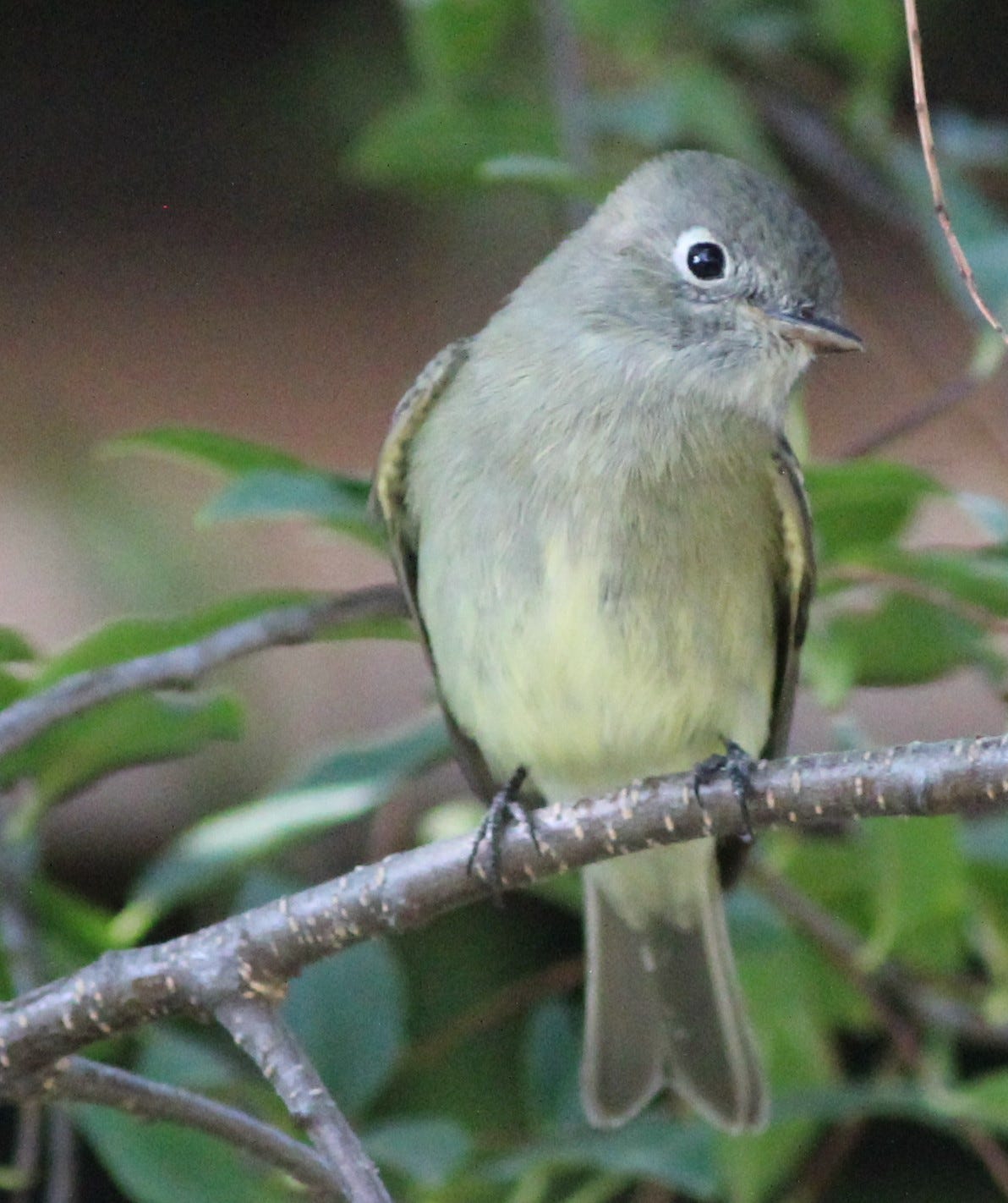
And now, so close on the last day of May. “No worries,” the wife insists. “You can count the junglefowl.” She promises to release the chickens.
With nothing new of interest in the yard, I rise from my seat and head inside for a second cup of coffee. Coming back through the door, I spot an unfamiliar zebra-striped bird at the pool. “Shoot!” I say, too loud, and look at my camera resting on the table. Watching the bird, I make my way across the bricks to my chair, lifting the camera as the bird darts into the chokecherry tree. More words follow.
I manage a few photos of mostly green leaves haloing the black and white bird. Black-throated Gray? I think. Definitely a warbler. But smaller, and I see no yellow loral spots near the eyes. As the bird crawls along the trunk of the tree, it reminds me of a brown creeper.
And then I recall the description in my Sibley’s Guide of a warbler that forages upside-down nuthatch-like for insects. A black-and-white warbler? The bird is rare for Arizona and unreported in the Mule Mountains.
The black-and-white warbler—a male by its black throat and ear patches—returns to the fountain to drink and bathe three times over the next 25 minutes. I snap 120 photographs, a few of them even in focus. May’s 100th species is a new bird for the yard, #177. And, it is a new bird for me, life bird #476.
The Big Yard does it again. Eight life birds. A first state record. In my PJs.
With June sliding in fast, I’ll be watching for last summer’s astonishing visitation of a yellow grosbeak. More to come!
Thanks for subscribing and supporting the Big Yard!
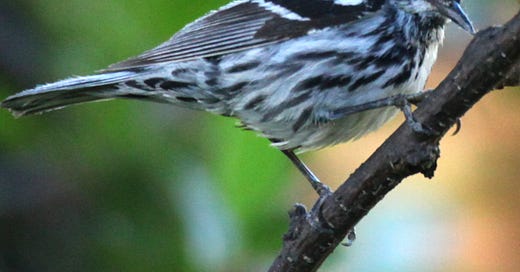



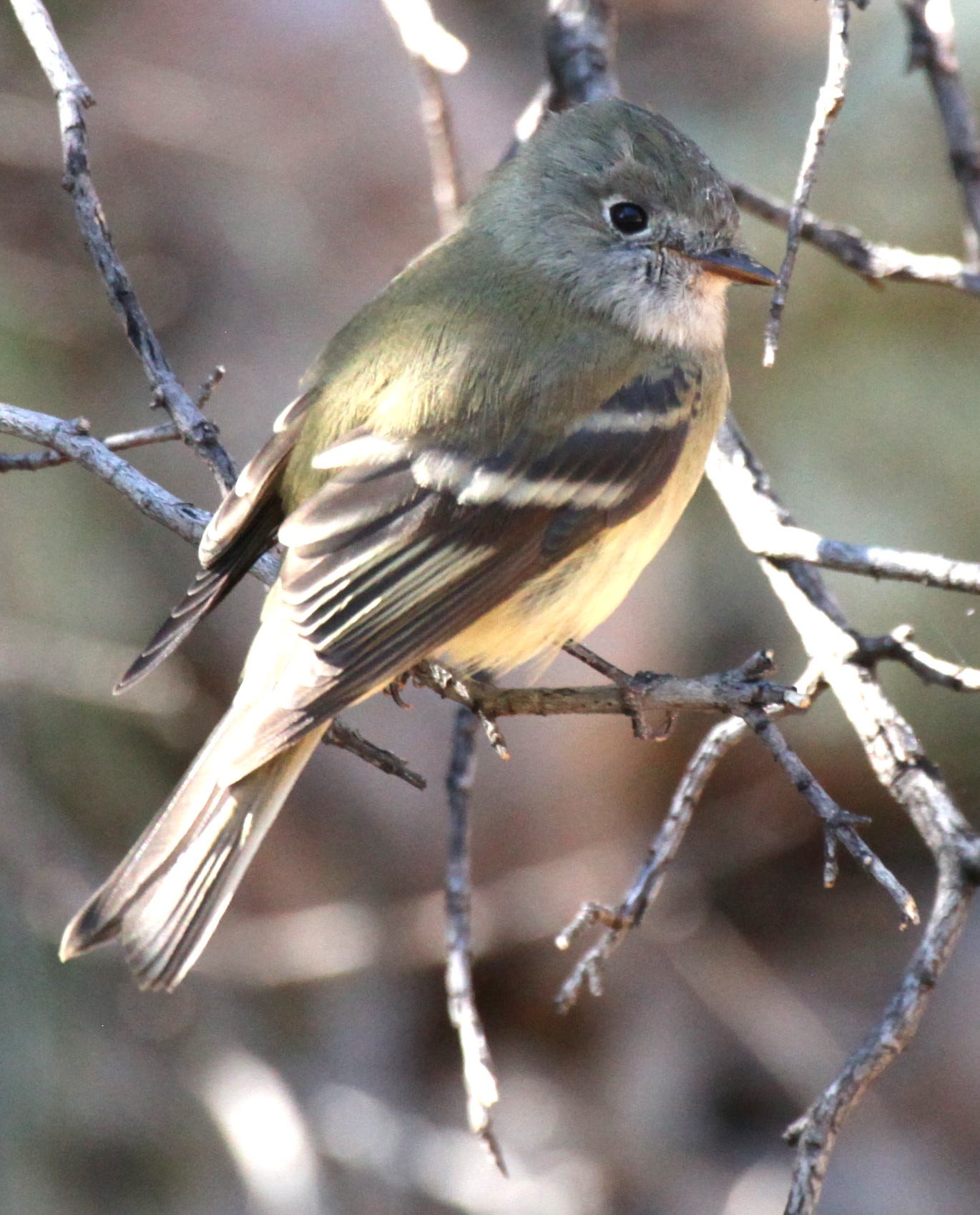
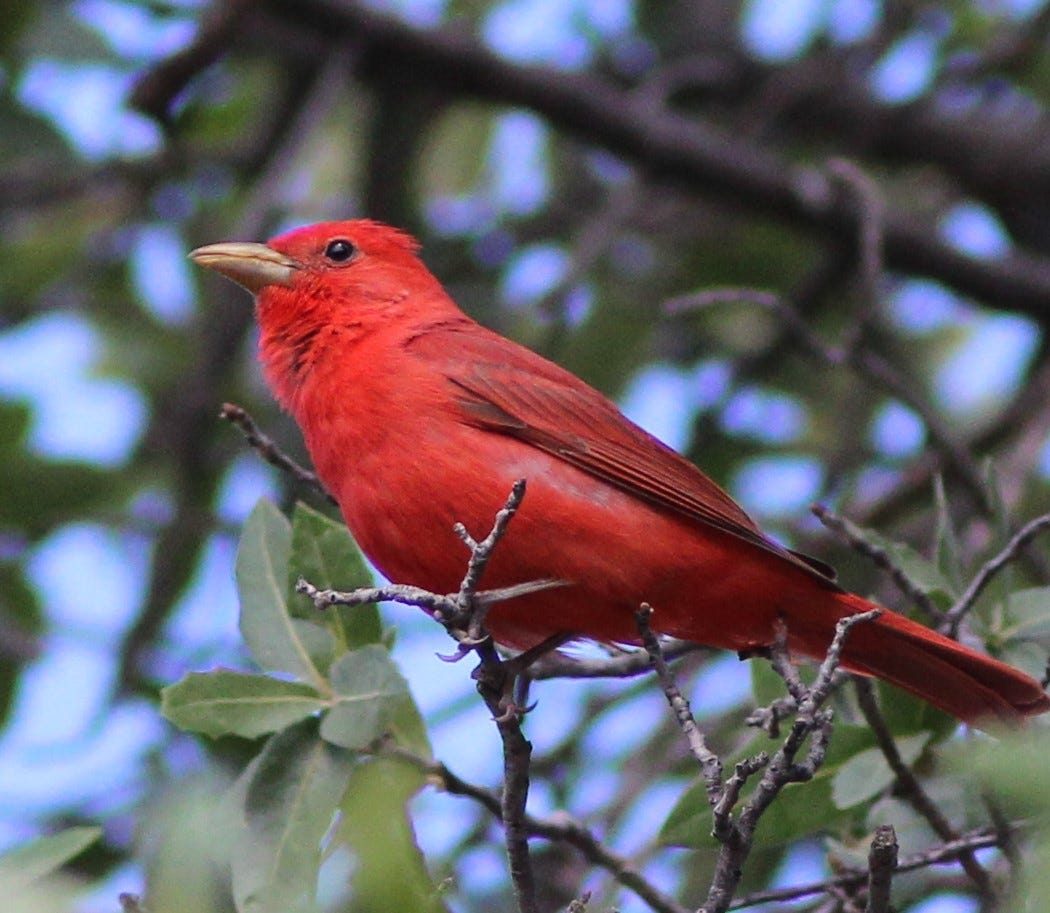
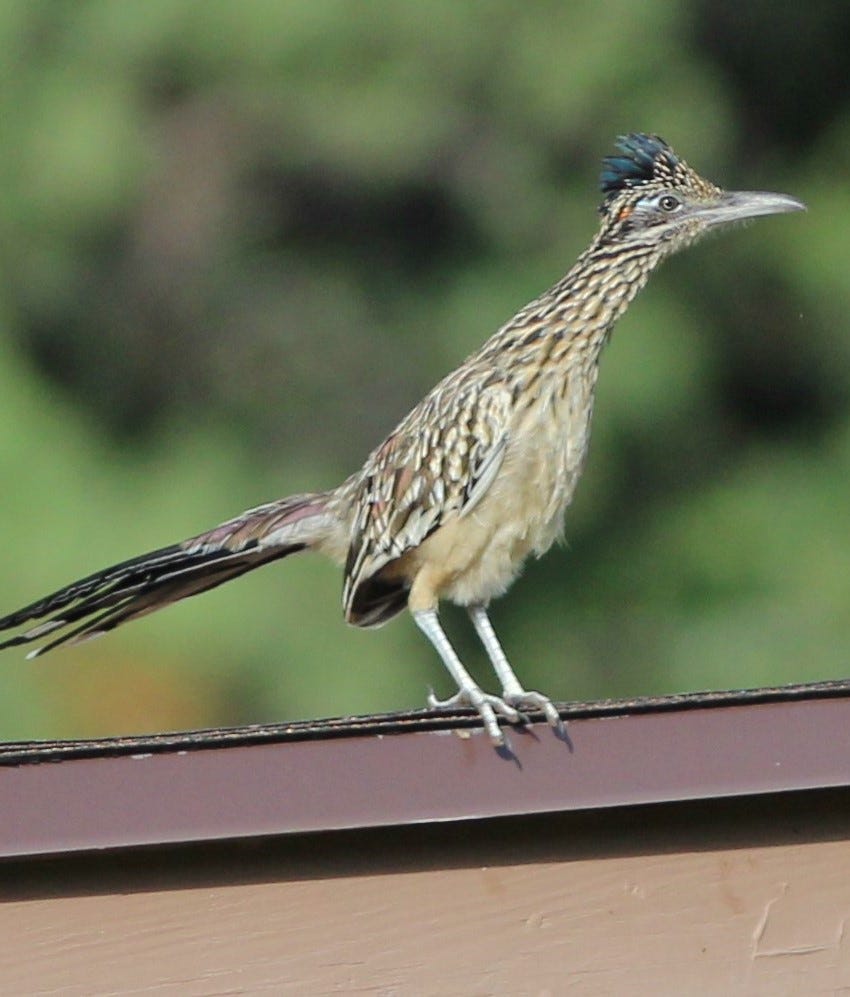
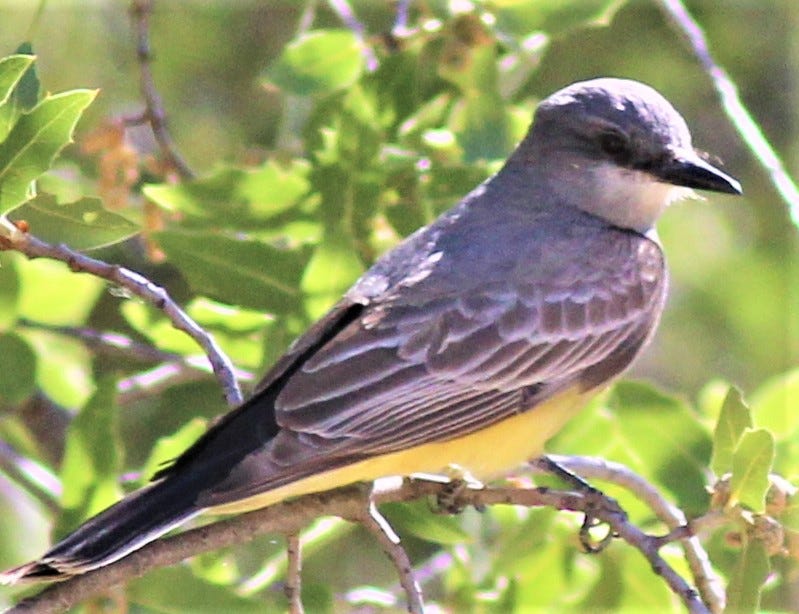
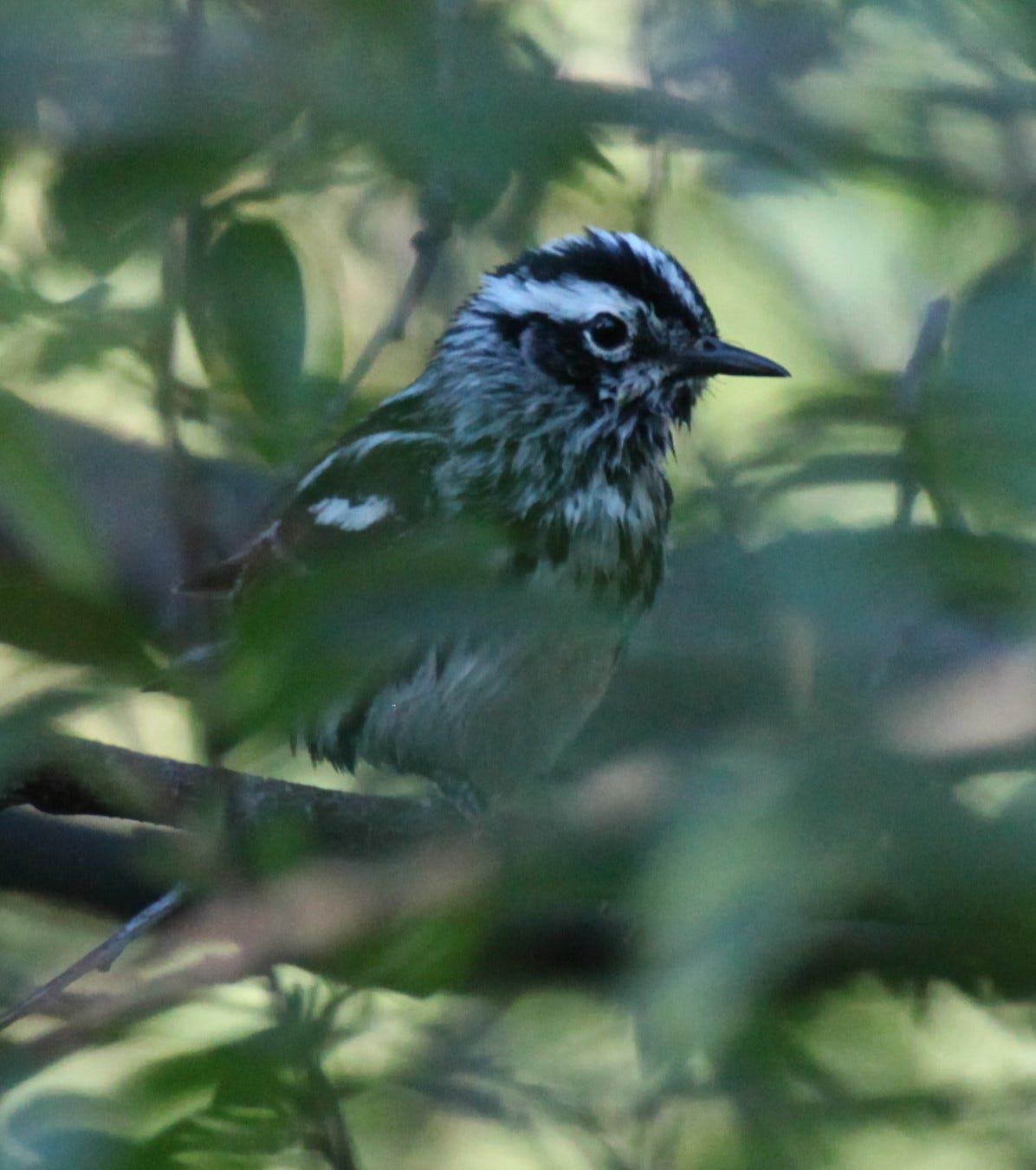
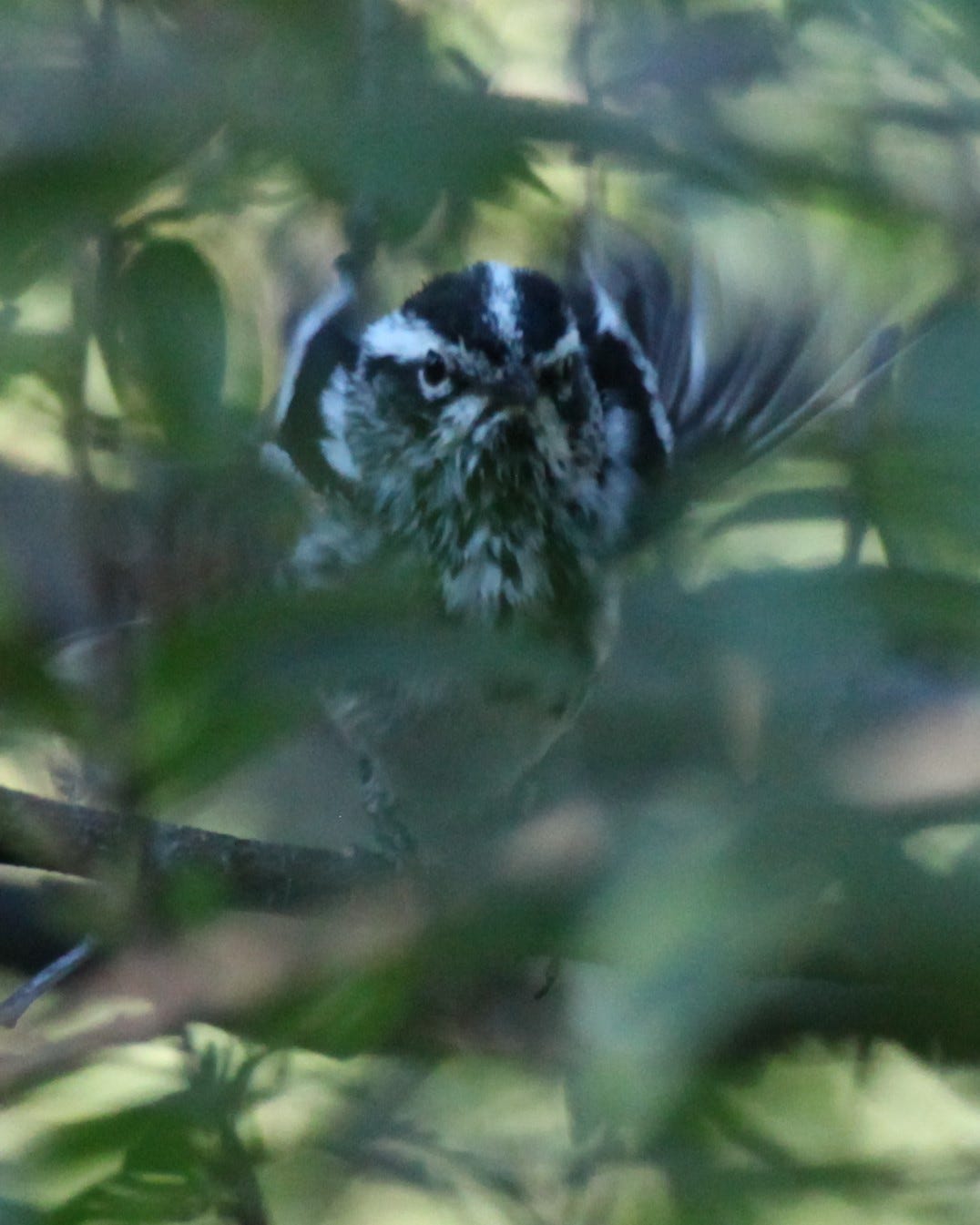
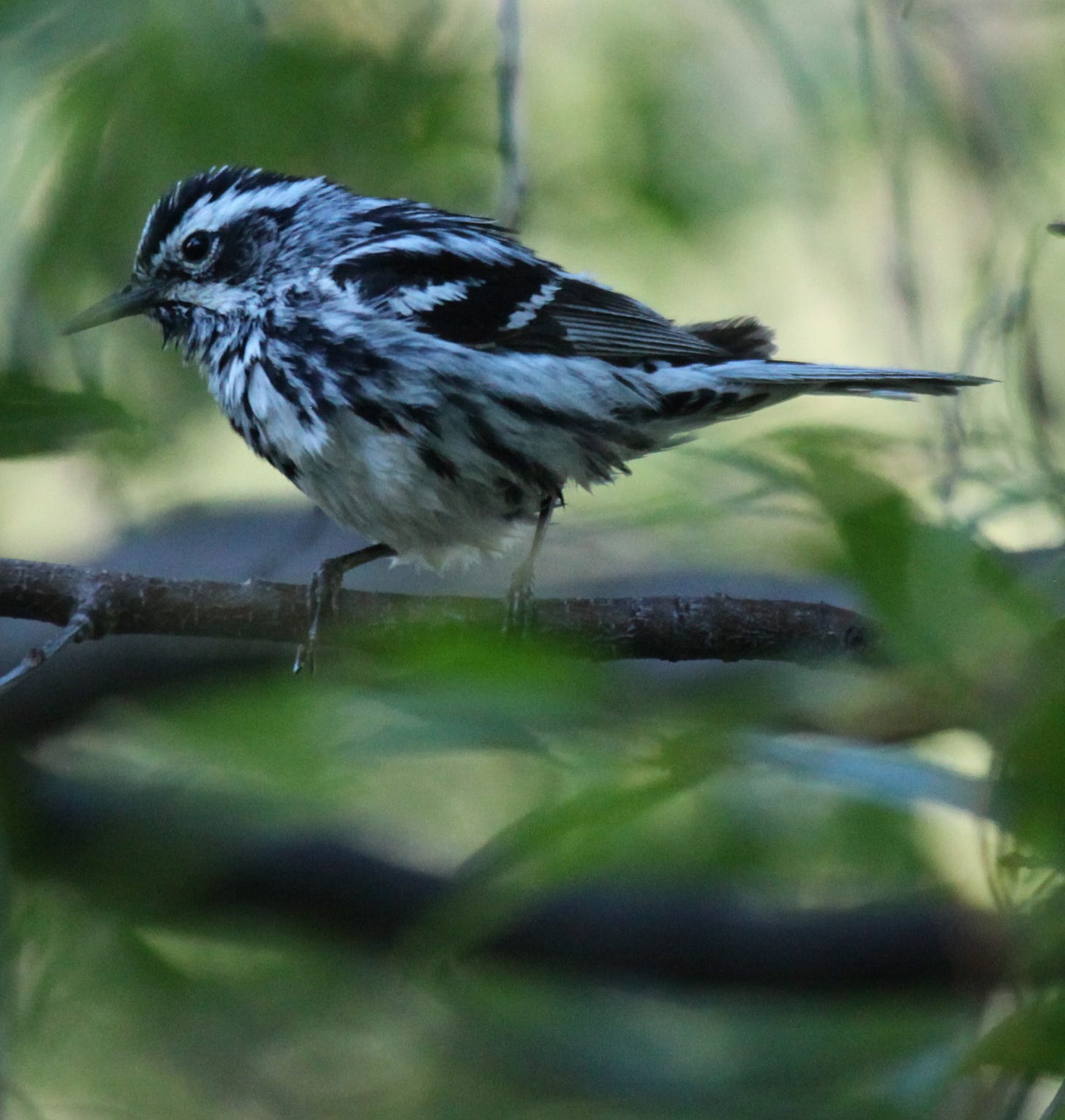
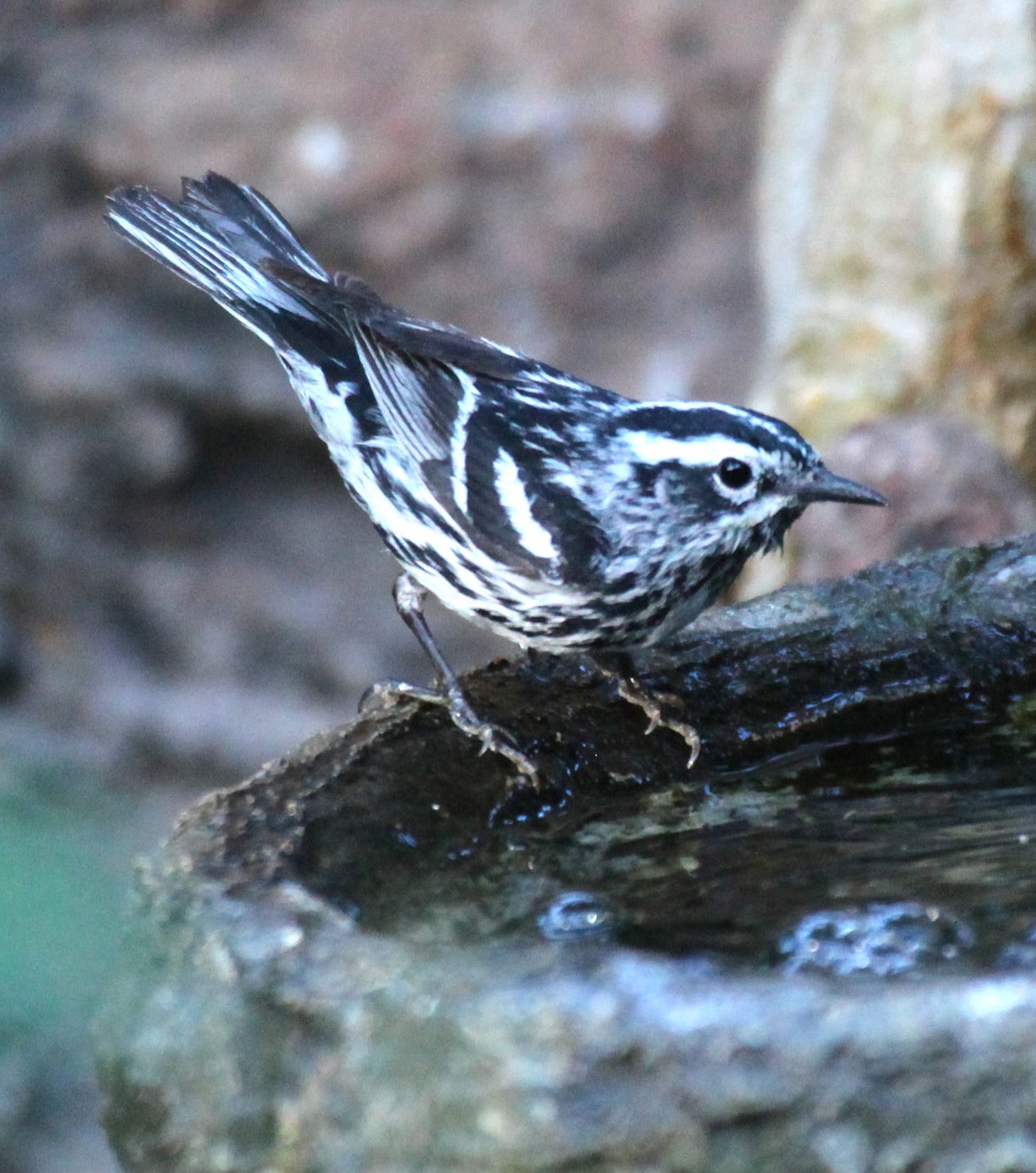
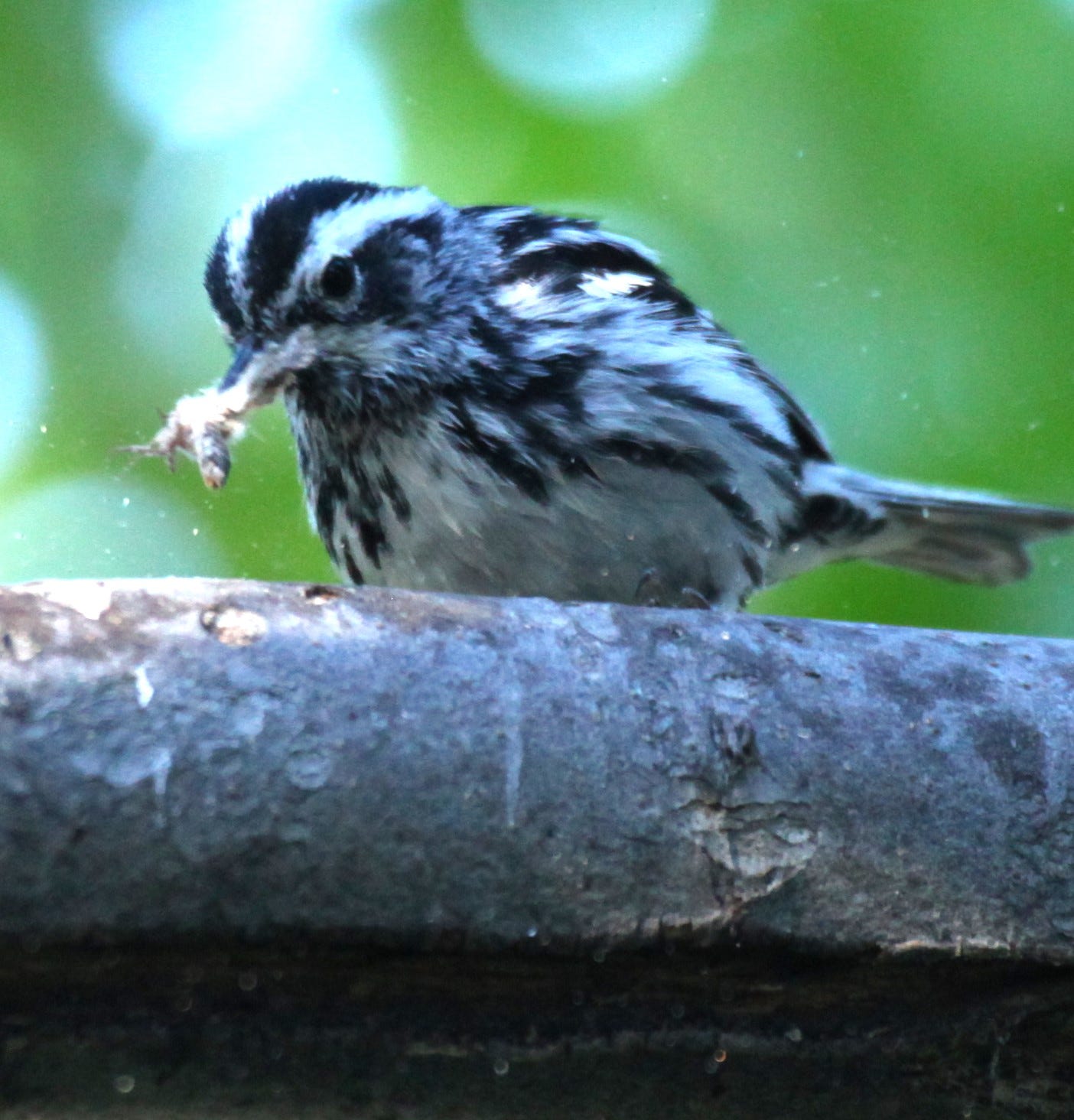
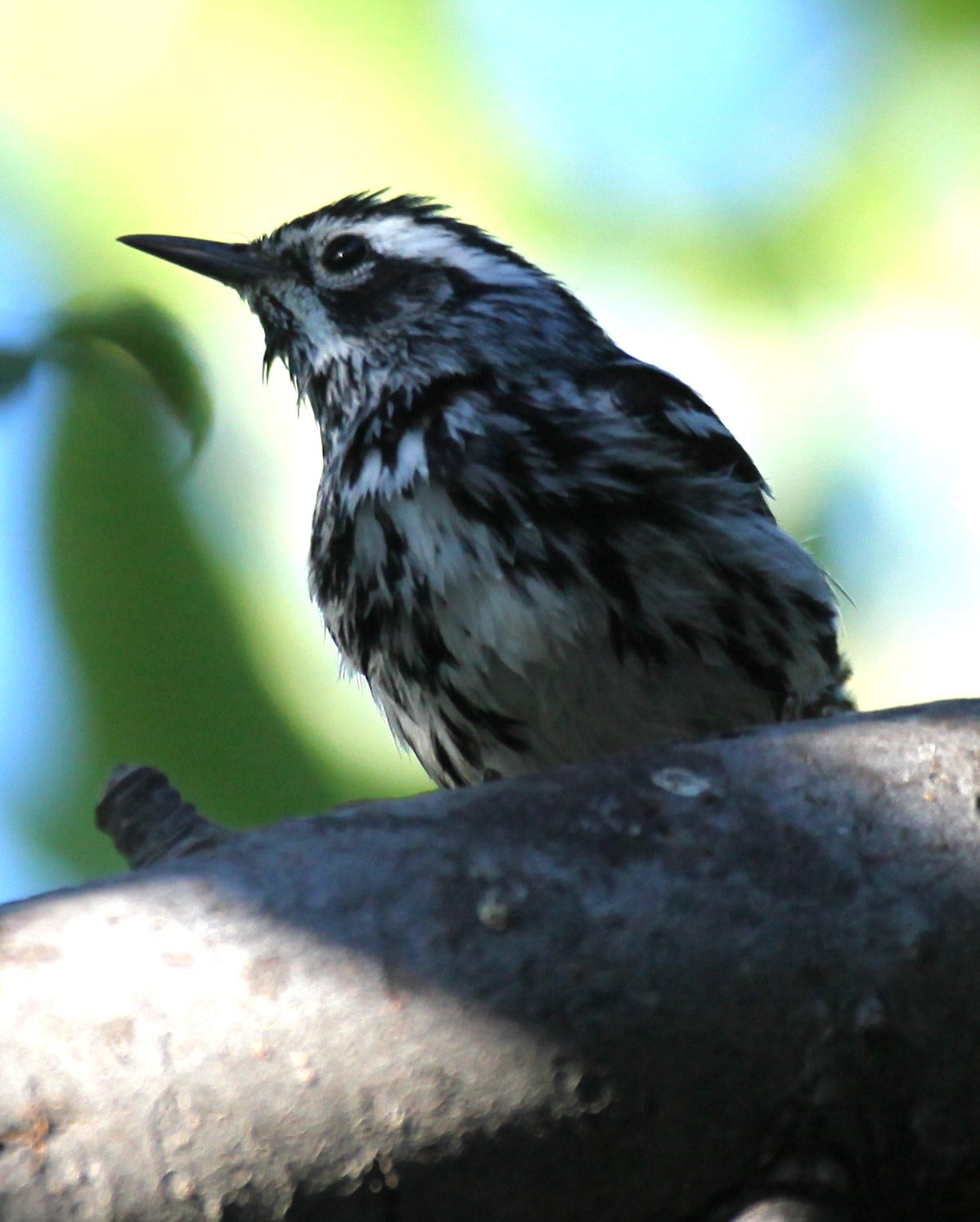
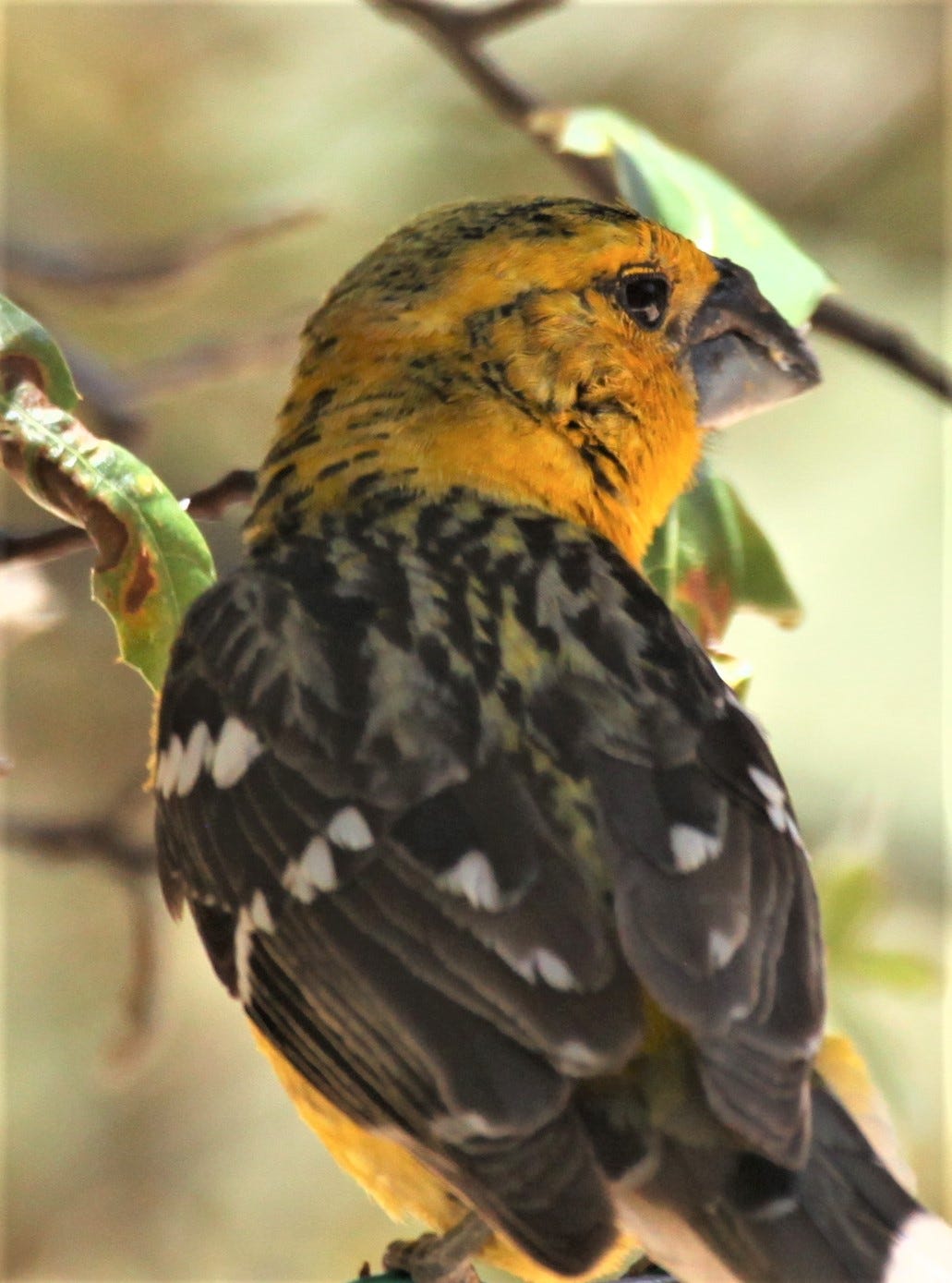
Just wow! Once again, thank you for your incredible bird sightings and wonderful way with words.
Congratulations! Always excited to get a lifer.